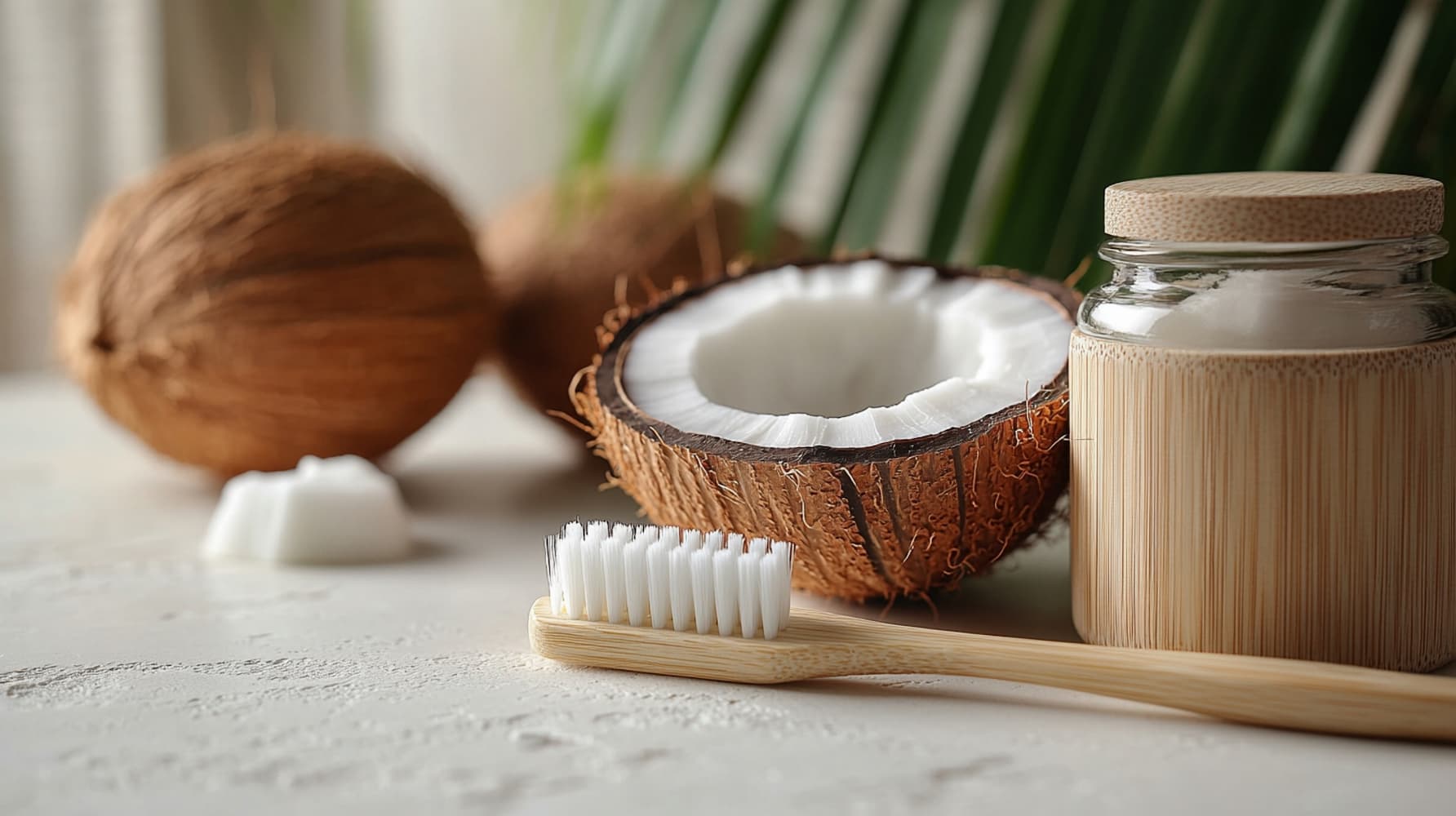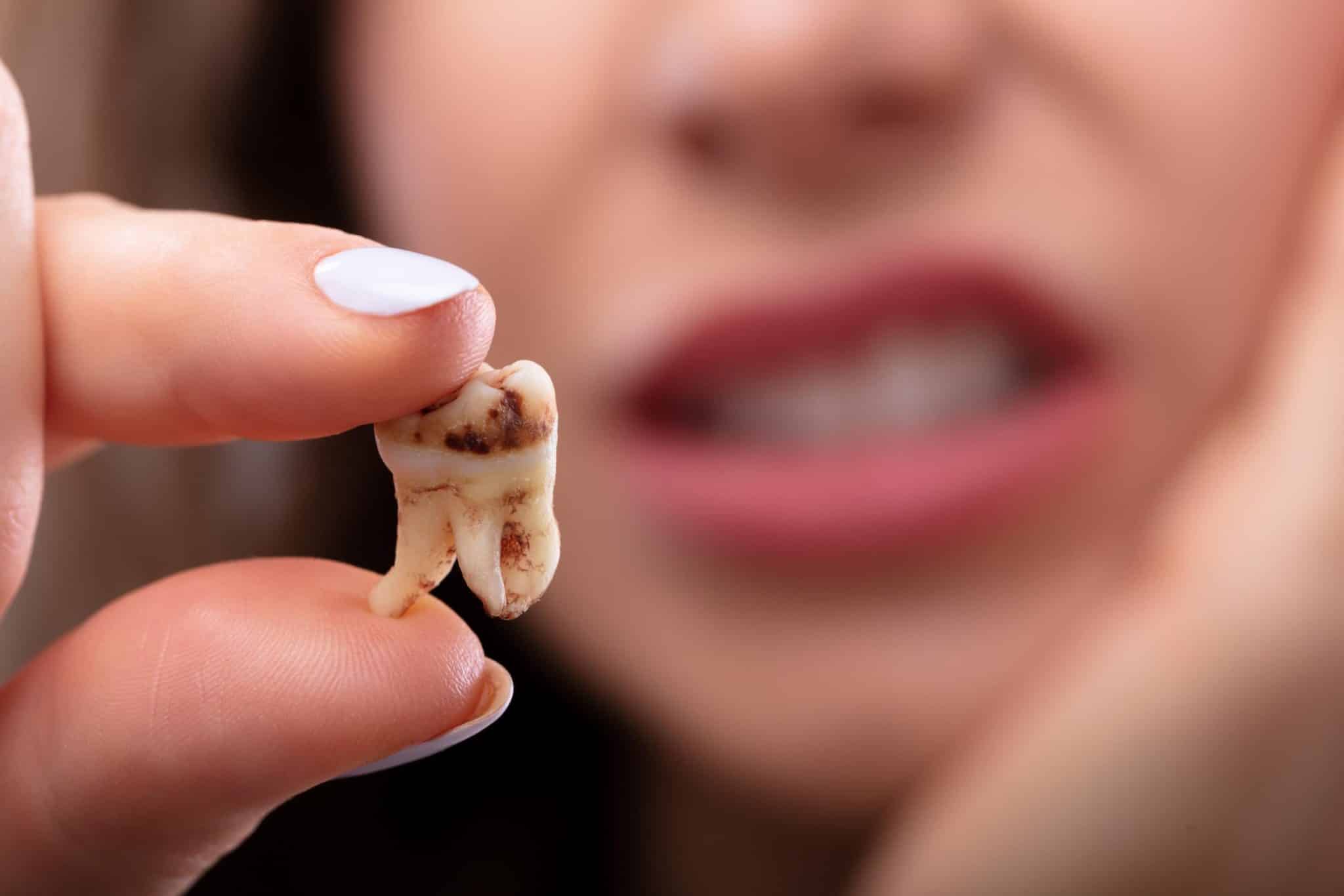In Summary
- Endodontics treats infections of the dental pulp (dental nerve) to avoid tooth extraction
- It is recommended for deep cavities, fractures, pulpitis, or necrosis
- The treatment involves several stages: anesthesia, cleaning of the canals, filling, then restoration
- After the procedure, rigorous hygiene and follow-up care are essential
- If the tooth is too damaged, the alternative is extraction followed by an implant or a bridge
- The treatment is painless but rarely reimbursed without supplementary insurance in Switzerland
- This procedure is also called “devitalization” or “root canal treatment”
Endodontics is the prevention, diagnosis, and treatment of diseases affecting the dental pulp (dental nerve). When the pulp is affected, a dentist typically performs a root canal treatment to save the tooth from extraction.

What is endodontics?
Endodontics is a specific field in dentistry. It remains relatively unknown because it is only used in very specific cases.
What is the definition and purpose of endodontics?
Endodontics treats inflammation and infections in the pulp and internal canals of the teeth.
Practically, an endodontic treatment – also called “root treatment” or “canal treatment” – involves removing the infected nerve to avoid extracting the tooth.
Why should a tooth’s roots be treated?
Dental pulp is made up of soft tissue located in the center of the tooth (notably around the nerves). When the pulp is infected by bacteria causing decay, it often results in sharp pain, commonly known as a “toothache” or “pulpitis”.
Treating the infected pulp not only relieves the patient’s pain but also stops the infection from spreading, which could otherwise worsen and negatively affect overall health.
What are the signs that you need endodontic treatment?
CSeveral signs may indicate the need for endodontic treatment:
A diffuse but intense pain appears and fades intermittently.
You experience sharp and consistent pain in a tooth (especially when exposed to temperature changes or during chewing).
One of your teeth changes color and becomes darker.
You notice the presence of an abscess or pus.
Your gum is swollen or red near a specific tooth.
CHD Tip
If you notice any of these symptoms, schedule an appointment with your dentist for an oral assessment and diagnosis.
What dental conditions require endodontic treatment?
Endodontic treatment is used to heal the pulp and nerve endings when they are inflamed or infected. It is usually indicated in the following cases:
- A cavity that has reached the nerve.
- A crack or fracture in the tooth.
- Pulp necrosis: when the pulp dies due to delayed treatment after decay has already reached the nerve.
- Severe gum recession: bacteria move from the gum to the root tip, causing necrosis or tooth death.
- Irreversible pulpitis (an inflammation that only devitalization can relieve).
How does endodontic treatment work?
Un traitement de canal s’étend généralement sur plusieurs rendez-vous et est réalisé en différentes étapes :
- The endodontist begins by anesthetizing the tooth
- The tooth is isolated (typically using a rubber dam)
- The upper part of the tooth is opened to access the pulp, guided by a microscope
- The infected pulp is removed and the area disinfected (each tooth may contain between 1 and 6 canals)
- The canals are filled to seal the space and close the tooth
- A temporary or permanent restoration is placed (inlay/onlay or, in rare cases, a dental crown)
What care should be taken after endodontic treatment?
After an endodontic treatment, it is important to adopt the right reflexes so that the post-intervention phase runs smoothly.
Adopt the right habits
Important post-treatment practices include:
- Rest for the first 24 hours and avoid intense physical activity
- Maintain impeccable oral hygiene and follow your dentist’s advice
- Do not chew on the treated tooth until the permanent restoration is done
- Choose soft, lukewarm food to reduce the risk of fracture
- Attend all follow-up appointments to monitor progress
CHD Tip
After root treatment, strictly follow hygiene instructions and avoid chewing on the treated side until the final restoration is placed.
Final restoration placement
In many cases, the tooth is more fragile after treatment. It should be protected with a thin composite or ceramic prosthesis bonded to the devitalized tooth – an inlay/onlay.
In rare cases, if the tooth is too damaged, a crown may be necessary.
Be aware of post-treatment risks
Though common, endodontic treatments are not without risks. Even after maximum disinfection, reinfection may occur.
Warning signs include persistent pain despite medication, swelling, or fever. If in doubt, consult your dentist for a follow-up.
What are the alternatives to endodontics?
If the tooth isn’t too damaged, it’s sometimes possible to preserve part of the healthy pulp by removing only the infected portion – a procedure called pulp capping.
The dentist then applies a revitalizing material to protect the remaining pulp from bacteria. Note that this approach has a low success rate due to the difficulty of precisely identifying the extent of infection.
If the tooth is too damaged for root canal treatment, extraction followed by a dental implant is generally recommended.
A dental implant is a metal screw placed into the bone to replace the tooth root and support a crown.Other options include a dental bridge supported by adjacent teeth or a removable denture.
FAQ
Is endodontic treatment painful?
Endodontic treatment is performed under local anesthesia and is therefore painless. Some discomfort may occur afterwards.
However, with severe toothache (“pulpitis”), a sharp pain may be felt briefly when the dentist starts the procedure. This disappears after disinfection and only applies to that specific case.
Is endodontics covered by health insurance in switzerland?
In Switzerland, most dental procedures are not covered by health insurance unless due to a serious illness or accident.
To receive reimbursement, you need a supplementary dental insurance plan.
What is the average cost of endodontic treatment in switzerland?
The cost varies depending on the complexity of the case, the tooth’s condition, number of roots, their anatomy, and the specialist.
At the Dental Hygiene Clinics in Geneva, Lausanne, Meyrin, and Yverdon, root canal treatment typically costs between 400 and 1200 CHF. A detailed estimate is provided beforehand, and payment can be made in installments if needed.
What’s the difference between a dentist and an endodontist?
A dentist is a general practitioner who handles common treatments like cavities, gingivitis, periodontitis, wisdom tooth extractions, and implant placement.
An endodontist is a specialist in diseases of the dental pulp and canals, aiming to preserve the patient’s natural teeth.
What’s the difference between endodontics and odontology?
Odontology is a broader field encompassing prevention, diagnosis, and treatment of all dental pathologies. It includes multiple specialties, such as endodontics, implantology, oral surgery, orthodontics, and periodontology.


